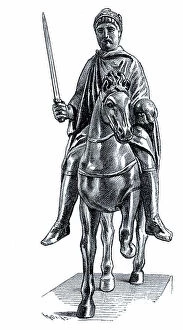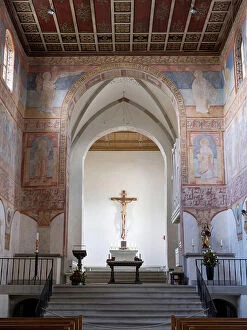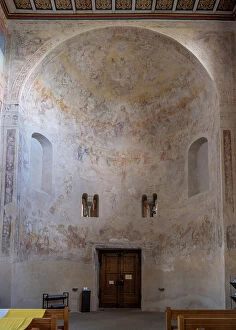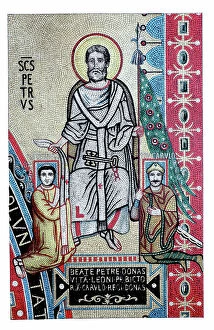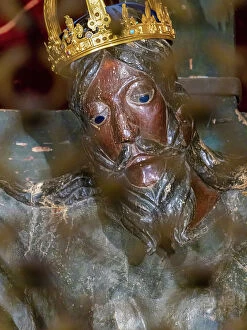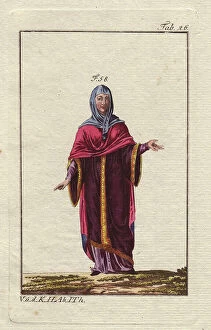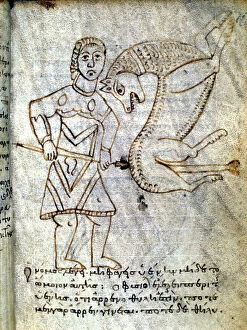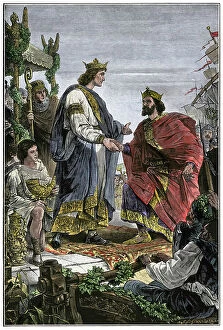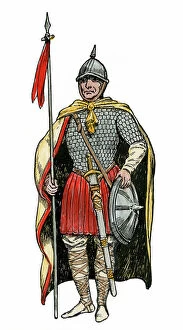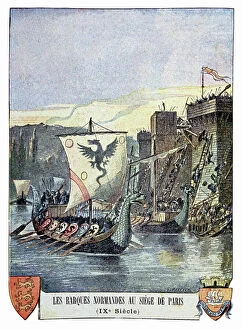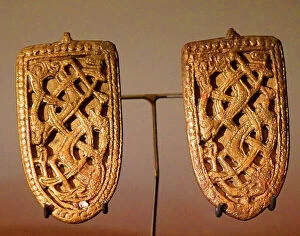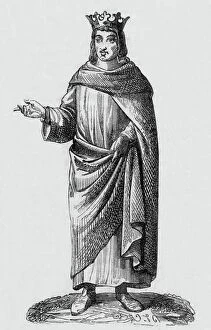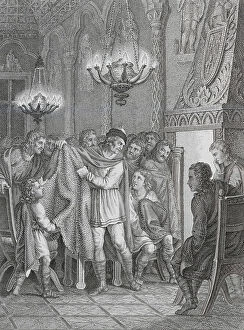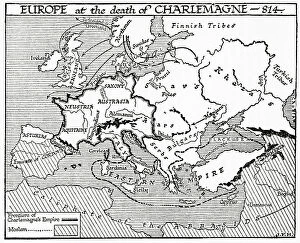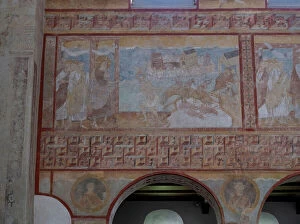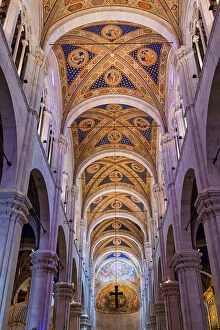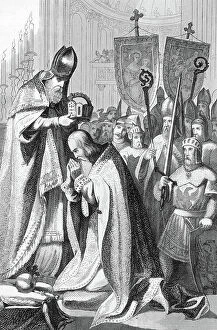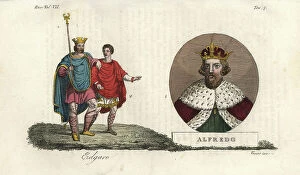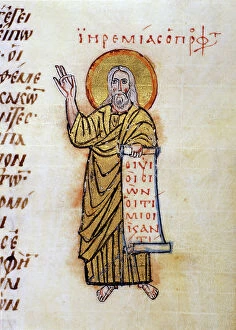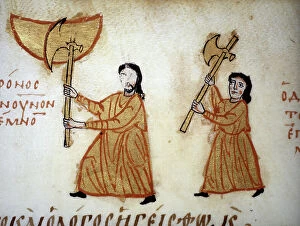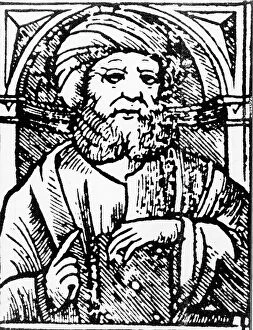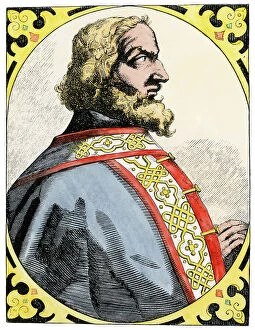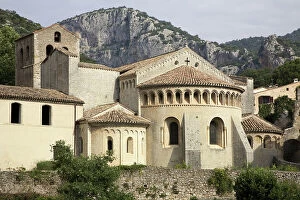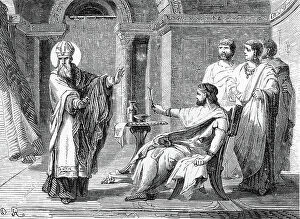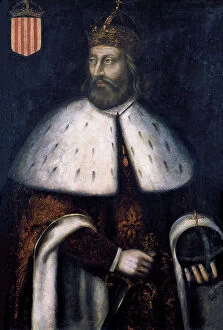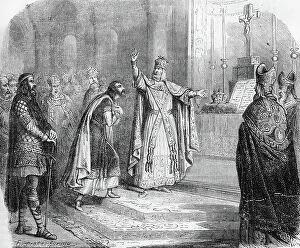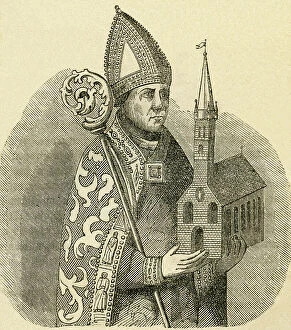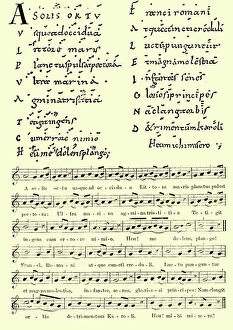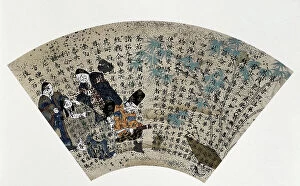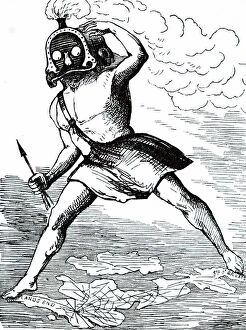Ix Century Collection (#2)
The 9th century, also known as the ix century, was a time of great cultural and historical significance
For sale as Licensed Images
Choose your image, Select your licence and Download the media
The 9th century, also known as the ix century, was a time of great cultural and historical significance. It marked the flourishing of various civilizations and the emergence of influential figures who shaped the course of history. One remarkable artifact from this era is a double page from a Qur'an in kufic script. Created with ink and color on parchment, it showcases the exquisite craftsmanship and artistic prowess prevalent during this period. Emperor Charlemagne's visit to a school highlights his profound interest in education and learning. His patronage of scholars earned him the title of "patron of schools, " emphasizing his dedication to fostering knowledge and intellectual growth. Pope John VIII, depicted in an illustration from "I misteri del vaticano" by Franco Mistrali (1843), played a significant role in shaping religious affairs during this time. His representation offers insight into the power dynamics within medieval society. Similarly, Pope Nicholas I the Great's portrayal in Mistrali's work sheds light on another influential figure from this era. Known for his strong leadership and diplomatic skills, he left an indelible mark on papal history. The military aspect of this period is exemplified by Danish soldiers clad in chain-mail suits of armor. Engravings depicting Anglo Saxon soldiers further emphasize their formidable presence on battlefields during the 9th and 10th centuries. Artistic achievements are evident through sculptures such as the head of Buddha carved between 800-830 AD out of stone. The Nagaraja guardstone made from granite around 800-900 AD showcases intricate craftsmanship that still captivates viewers today. Anglo Saxon kings held positions of immense power during this time, as seen through engravings portraying them seated on thrones or engaged in battle alongside their equerries. These depictions provide glimpses into royal life during these tumultuous times. Adding to its rich artistic heritage is a bust of a Yogini sculpted from sandstone.

